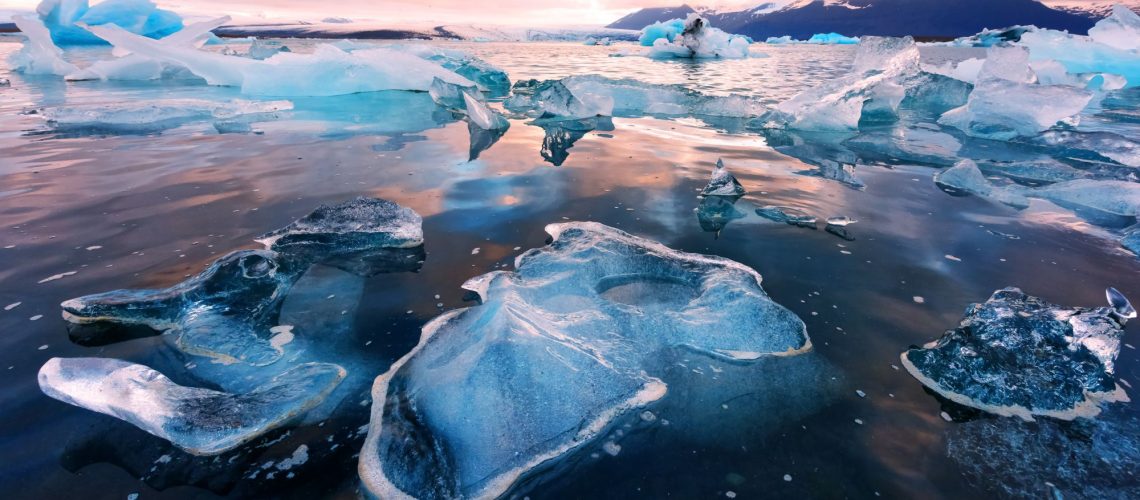
lewis
How to Digitize Water Damaged Photos
- September 25, 2020
- , 7:35 am
- , Uncategorized
Having flooding or a burst pipe is feared by many people, but while a good insurance policy can repair the damage to your building, furniture, home appliances, and valuables, the insurance payments cannot replace the loss of photos that contain precious memories of your friends and family. Find out here how to Digitize Water Damaged Photos.
During these days of global warming, we have seen many storms causing rivers to break their banks and cause widespread flooding, but even a small leak can cause serious damage if it goes unnoticed for long enough and permeates into the containers where you store your old photographs.
However, there are some practical steps available that can help you salvage the less affected pictures and even restore your water damaged photos and slides to their previous condition.
Tips for Salvaging Flood and Water Damaged Photos
When you have discovered the damaged photos it is important to act as soon as possible to minimise the damage and prevent mould from spreading. Do not let your photos dry out as they will stick to each other.
Many types of photographic prints can withstand a certain amount of time in the water. But, over a sustained period, the water will break down the emulsion of the photo. This not only damages the image, but it also causes the surface to become tacky, which is why water damaged images frequently stick together.
While you are working on fixing your photos, store them in a container full of very cold, clean tap water. Do not add chlorine to the tap water as there is enough present already but do change the water every day.
When following these steps, please take your time to avoid further damage.
Removing the photographs from the water and try to separate the photos
When handling wet photographs, you should also be careful not to touch the surface with your fingers as that can leave stains or transfer spots.
Instead, wear gloves and try to handle the photographs by their very edges.
- Carefully remove your photographs or negatives from the water, taking the smallest quantity at a time
- Pull the photos out of their wrappers and gently separate them. Do not force them apart
- Separate as many photos as possible before returning them to the cold water and starting on another batch
- Sometimes, you will need to soak the pictures in distilled water to get them unstuck from one another
Washing the Photos
Once your photos have been separated, store them in water until you can wash them individually, using cold, clean running water.
Use cotton balls, a soft cotton cloth, or a soft foam rubber brush to remove foreign objects if needed.
Rinse your photographs or negatives one more time after cleaning is complete.
Drying the Photos
Hang-dry prints and negatives on an indoor clothesline and make sure they will not be exposed to dust.
Place a dry paper towel above the pictures, allowing it to absorb the moisture. Remember to replace the paper towel every few hours until the photos are completely dry.
You should also create airflow in the room either with a fan or with a draft, as that will help the photos dry out quicker and prevent establishing a humid environment.
Special solutions are available that facilitate uniform, spot-free drying when applied to negatives and slides.
If your prints curl while drying, wet the paper side, not the emulsion, with a moist sponge and place each one between two pieces of acid-free paper or photo blotters, and leave them under a flat, heavy object for a day or two to flatten.
Digitize Water Damaged Photos
Now that you have prevented the damage from getting worse and have dried out your photo collection, it is time to consider the options that you have for fixing the situation.
Repairing the physical copies of the images is impossible, so you will need to either convert the negatives to digital (if you have the negatives) or scan the photos themselves and then use software to fix them.
You can try to scan the photos yourselves but this is fraught with issues (see this article that we have created on using DIY photo scanning techniques) and once scanned, you will need to choose a software package to try to restore the photos.
In most cases, it makes more sense to use a professional photo scanning service like Digitize Media to Digitize Water Damaged Photos.
Contact us for guidance on how to dry out the photos safely, or whether you can simply convert negatives to digital images and avoid having to fix the imperfections.
We will use the newest and most advanced equipment to scan your photographs to the highest quality possible.
Act Before the Damage Occurs
In these days of ever increasing bad news, it is better to act before your photos are damaged and get your photos safely stored on your computer or on the cloud, so that you and future generations will always be just a click away from accessing your old photographs and you do not have to Digitize Water Damaged Photos.
Even after you have digitized your old photos but still want to keep the originals, store them in an acid-free, professional-quality album inside a sealed box to double their protection against the elements in a place with constant temperatures and humidity




